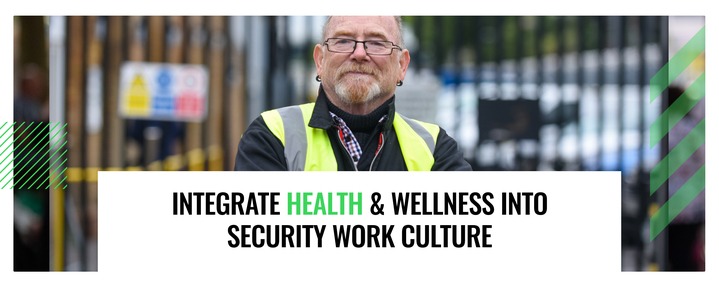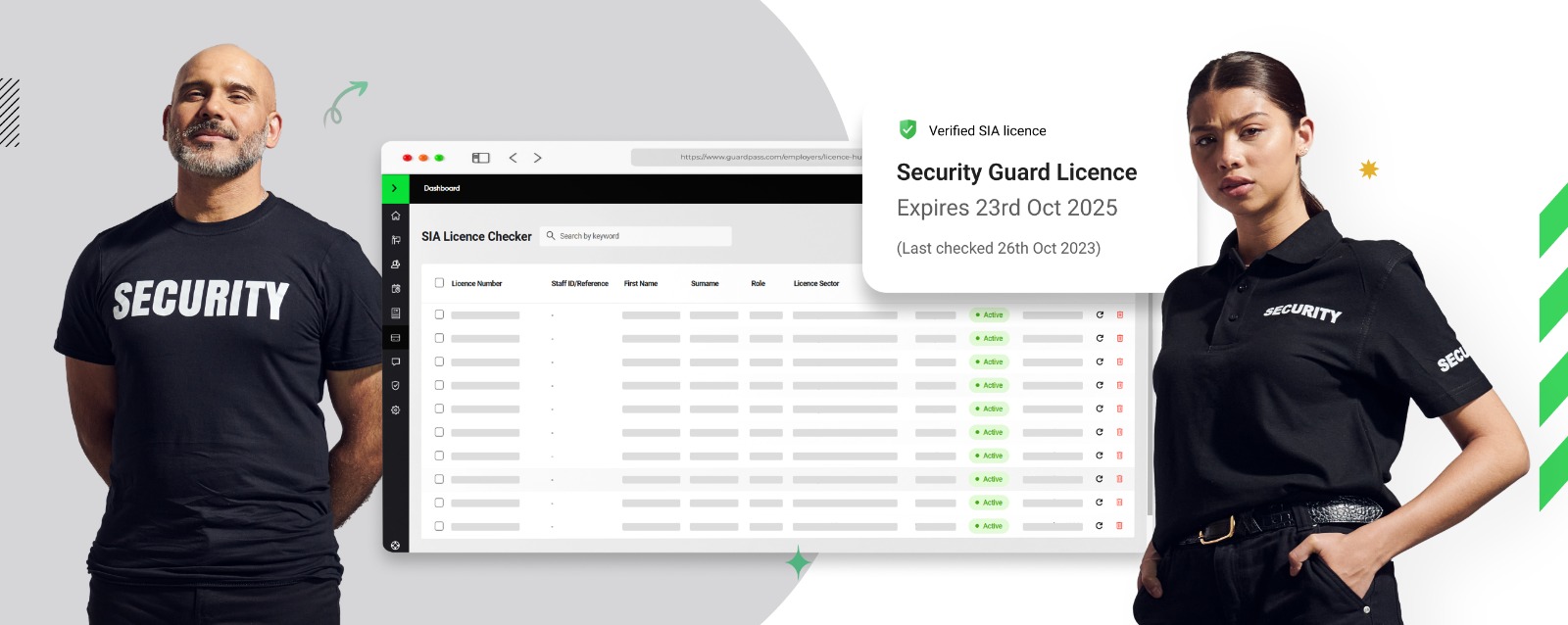Imagine you’re at the start of your shift, scanning the area—just another day in the life of a security professional. Like a well-oiled machine, your job is to protect and manage, but how often do you apply those same principles of vigilance and care to your own health?
We know, working in security demands a lot, both physically and mentally. From long hours on your feet to the high-stress situations spiking your adrenaline without a moment’s notice, the job can take its toll. We understand how cumulative stress and physical strain can impact your health over time.
Culture of wellness

For employers in the security sector, want to cultivate a healthier workplace? What’s the first step? Recognise these unique challenges. Building a culture of wellness means more than offering a health plan. Integrate health into every aspect of the workplace environment. How? Provide regular health screenings, mental health days, and training that emphasises the importance of physical and mental health.
Practical tips: Easy-to-adopt health practices for the workplace
So, how can you start making immediate changes? Here are some practical steps that your security firm can implement:
✅ Mental Health Support: Your security personnel need someone to talk to? And believe me, they often need it. Why not offer access to counselling and mental health resources? It could really lighten the load.
✅ Flexible Working Options: Ever thought about flexible hours? Giving your team control over their schedules can cut stress and lift spirits and improve job satisfaction, which contributes to overall health.
✅ Fitness Programmes: How about a workout? Maybe a company-sponsored fitness programme or gym membership could help keep everyone energised and stress-free.
✅ Health Education: Regular workshops on topics such as stress management, proper nutrition, and the benefits of physical activity can empower employees to take charge of their health.
✅ Scheduled Breaks: Encourage regular breaks during shifts to reduce physical fatigue and mental strain. Even a short walk or a few minutes in a quiet area can rejuvenate the mind and body.
✅ Quiet Zones: Need a minute? Setting up a quiet area for breaks might be just what your team needs to recharge during a busy day.
✅ Heart Rate and Activity Trackers: Feeling a bit static? Why not provide some smart gadget to you security team to keep tabs on their heart rate and steps with some smart gadgets? They’re great for reminding everyone to move around a bit more throughout the day, keeping them healthier and more alert.
✅ Automated Shift Planning: Working too hard? Let’s sort those shifts better. Automated planning can help ensure everyone gets the right amount of rest and keeps your team sharp and safe. Why not make sure everyone’s as fresh as they can be?
Wellness in your Security Firm: A practical guide

Starting a conversation about wellness in your firm doesn’t have to be daunting. Here are a few strategies to bring health to the forefront:
✅ Wellness Committees: Form a committee dedicated to health and wellness. Results? More tailored health initiatives to better fit the needs of your security team.
✅ Feedback Systems: Implement a system where employees can freely provide feedback on their health needs and wellness ideas. This inclusion can make your team feel valued and increase engagement with health programmes.
✅ Lead by Example: Management should lead by example. When leadership actively participates in wellness activities, it encourages the team to follow suit.
As we conclude, integrate wellness into your security firm’s culture. It’s a beneficial decision for your employees and maintains a resilient, effective team.
Shift your focus towards a more holistic approach to health in your security firm, ensuring that your security professionals are not only equipped to protect others but also to take care of themselves.
Now, take the first step, have that conversation, and see the difference it makes not just to individual team members, but to the entire fabric of your firm.
Estimated reading time: 5 minutes
Estimated reading time: 11 minutes



